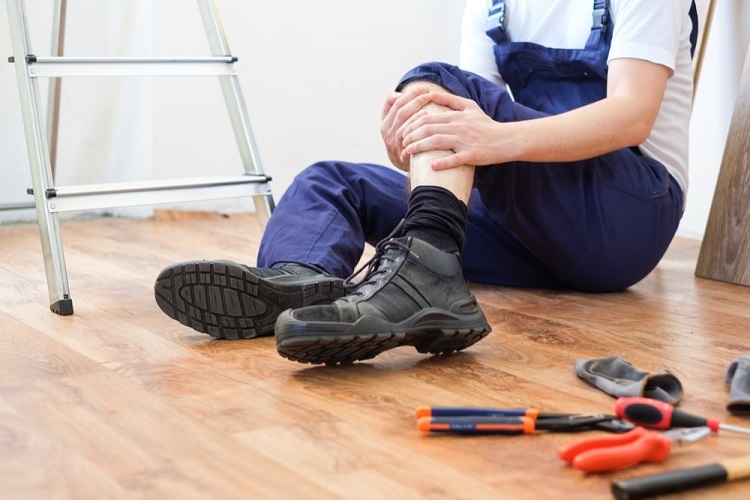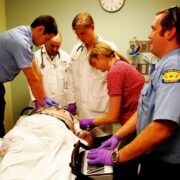Falling while standing, working, or walking is a normal condition experienced by every person in the world. However, there is an abnormal falling condition that may happen more to older adults. The falling condition is brought by difficulties in seeing, poor balance, and weak bones and muscles. Falling risk assessment is a medical strategy used to check how frequently an older adult may fall. According to health specialists, about a third of older adults living at home and about half of the older adults living at nursing homes fall every year. For tips and strategies on how to manage your falling, get a fall risk assessment in Idaho Falls. Below is some information on the procedures of a fall risk assessment.
Table of Contents
How Fall Risk Assessment Is Done
Falling risk assessment is done to adults who are the age of sixty-five and above. It is done to check how likely you may be to fall. Your doctor will check out if you have some chronic illnesses like back pain, balancing disorder, or poor sight. Falling can lead to head injuries, mostly to the skull, resulting in concussion, open or closed fractures, and even death. First, your doctor will ask some questions concerning your overall health. Your doctor will also ask if you have ever experienced difficulties in balancing, sight, or standing.
After examination, your doctor will assess your abilities using different assessment tools. These tools include:
- Four stage balance test. This method involves stages that show the performance of your balance. First, the doctor will ask you to stand with your feet side by side. Second, you will be required to move one foot forward to touch the toe of your other foot. Third, you will move your foot fully in front to touch the heel of the other foot. Fourth, you will be required to stand with one foot. It is determined that if you are not capable of holding position two and three for ten seconds, you are at high risk of falling.
- Sitting and standing on a chair for thirty seconds. This technique tests the strength of your feet and balance. Your doctor will ask you to go from a sitting position to a standing position with your hands on your chest. If you do this less than ten times within thirty seconds, you have a high risk of falling.
- Timed get up and go. This tests how fast you can stand up and go. Your doctor will request you to sit on a chair, stand up and walk for ten feet, and then sit down. You will do the test several times. If you take more than 12 seconds to stand up, walk for ten feet and sit down, you are likely to suffer from falling.
Falling risk assessment is done to check your balance ability, leg strength, and ability to see. It is done with people at the age of sixty-five and above. There are several strategies that your doctor can use during falling risk assessment. Exercising, taking vitamin B, and checking your vision ability reduces the risk of falling.














Comments